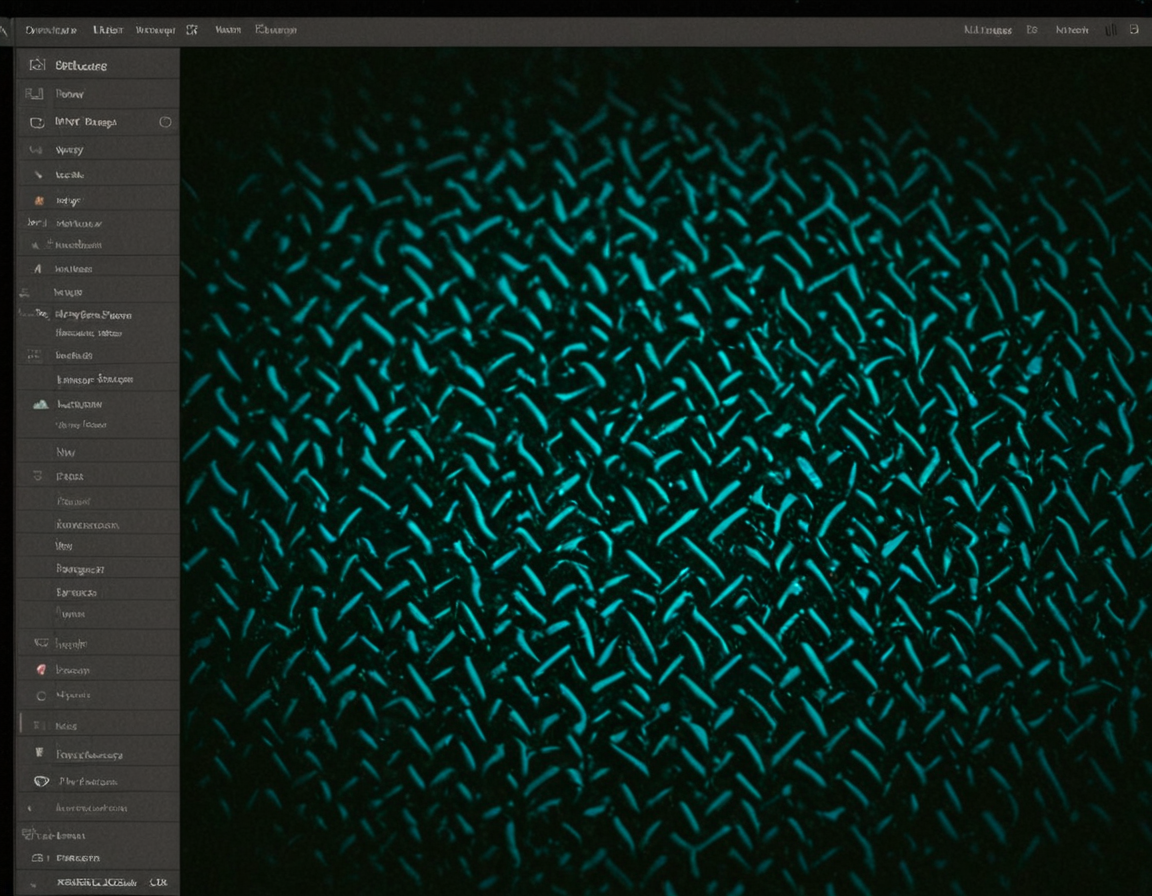Lightroom Preset Science Explained

The Science Behind Popular Lightroom Presets: Separating Hype from Reality
Introduction
In the world of digital photography, Lightroom presets have become a staple for many photographers. These pre-made settings can save time and effort, but it’s essential to separate hype from reality when it comes to their effectiveness. In this article, we’ll delve into the science behind popular Lightroom presets, exploring what makes them tick and whether they’re worth the hype.
Understanding Lightroom Presets
Before diving into the nitty-gritty, let’s clarify what Lightroom presets are. Essentially, they’re pre-configured settings that modify the camera’s raw image data to produce a specific look or style. These presets can be applied to images in various ways, including as a starting point for editing or as a final output.
The Science of Light and Color
To understand why certain presets work, we need to explore the science behind light and color. The human eye perceives light as it interacts with our environment, taking into account factors such as wavelength, intensity, and context. In photography, manipulating these aspects can significantly impact the final image.
Color grading, in particular, is a crucial aspect of Lightroom presets. This involves adjusting the color palette to evoke emotions or create a specific mood. However, this process requires an in-depth understanding of color theory, which goes beyond simple presets.
The Limitations of Presets
While presets can be incredibly useful for establishing a consistent look, they have significant limitations. For instance:
- Lack of control: Presets often rely on pre-defined settings that may not accurately represent the photographer’s vision.
- Inability to adapt: Presets are static and cannot account for changing lighting conditions or subject matter.
- Over-reliance on technology: Relying too heavily on presets can lead to a lack of understanding and control over the editing process.
Practical Examples
Let’s consider a hypothetical scenario where we’re using a Lightroom preset to edit an image. We might apply a preset that adds a warm tone to the image, but what if this effect doesn’t suit the subject matter or lighting conditions? In such cases, having a solid understanding of color theory and the ability to adjust settings manually becomes crucial.
Conclusion
In conclusion, while Lightroom presets can be incredibly useful for establishing a consistent look, it’s essential to separate hype from reality. Understand the science behind light and color, and recognize the limitations of presets. By doing so, you’ll develop a more nuanced approach to editing and take control of your creative process.
Call to Action
Next time you’re considering using a Lightroom preset, ask yourself: “Am I truly controlling my image, or am I relying on technology?” The answer might just change the way you approach photography forever.
Tags
lightroom-presets-guide digital-photography-tips photo-editing-science luxury-vs-reality realistic-effects
About Isabella Anderson
As a seasoned photographer and educator, I help creatives unlock their full potential on lentecreativa.com. With 3+ yrs of experience teaching photography techniques & tips, I've worked with top brands to develop innovative tools for photographers. Let's chase those shots!
